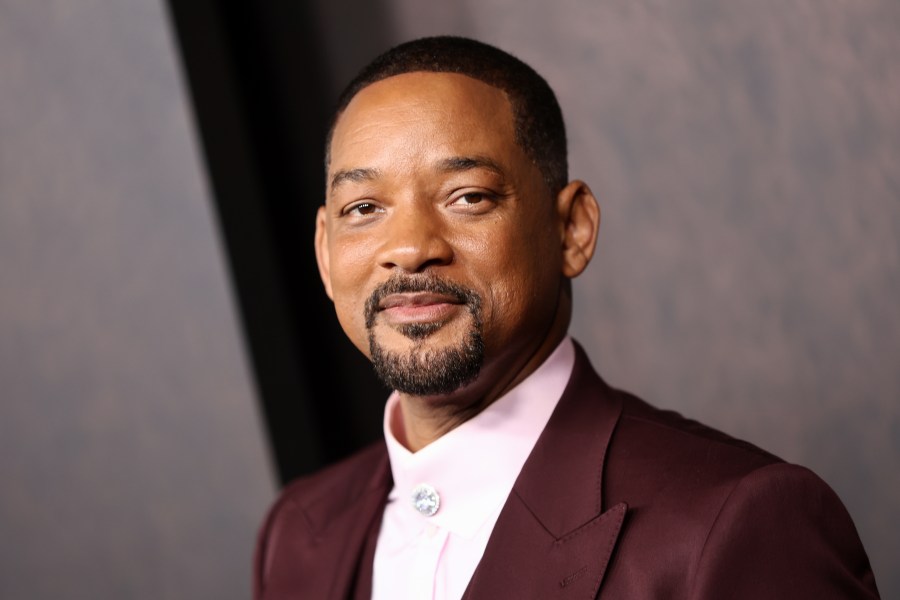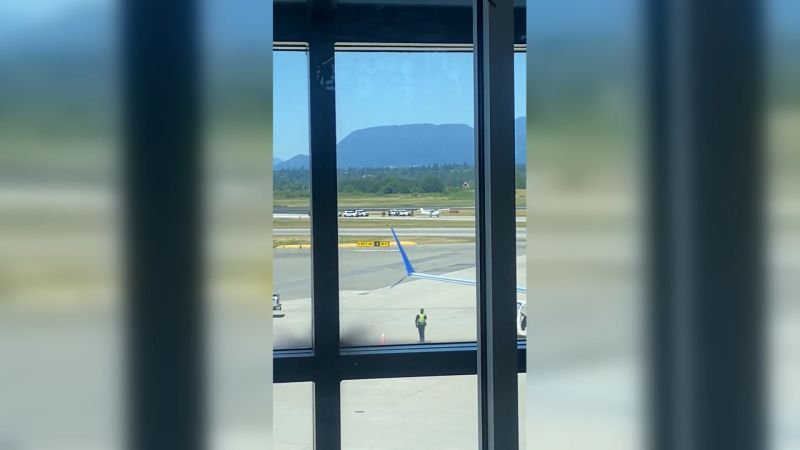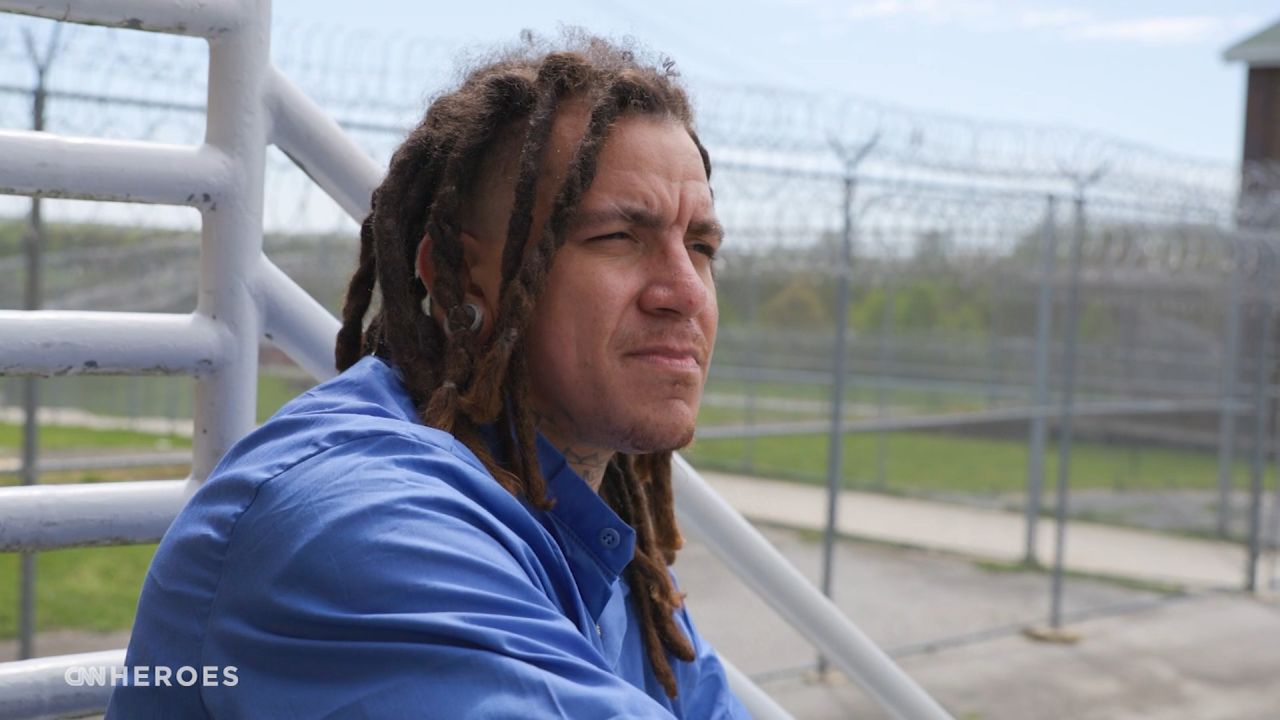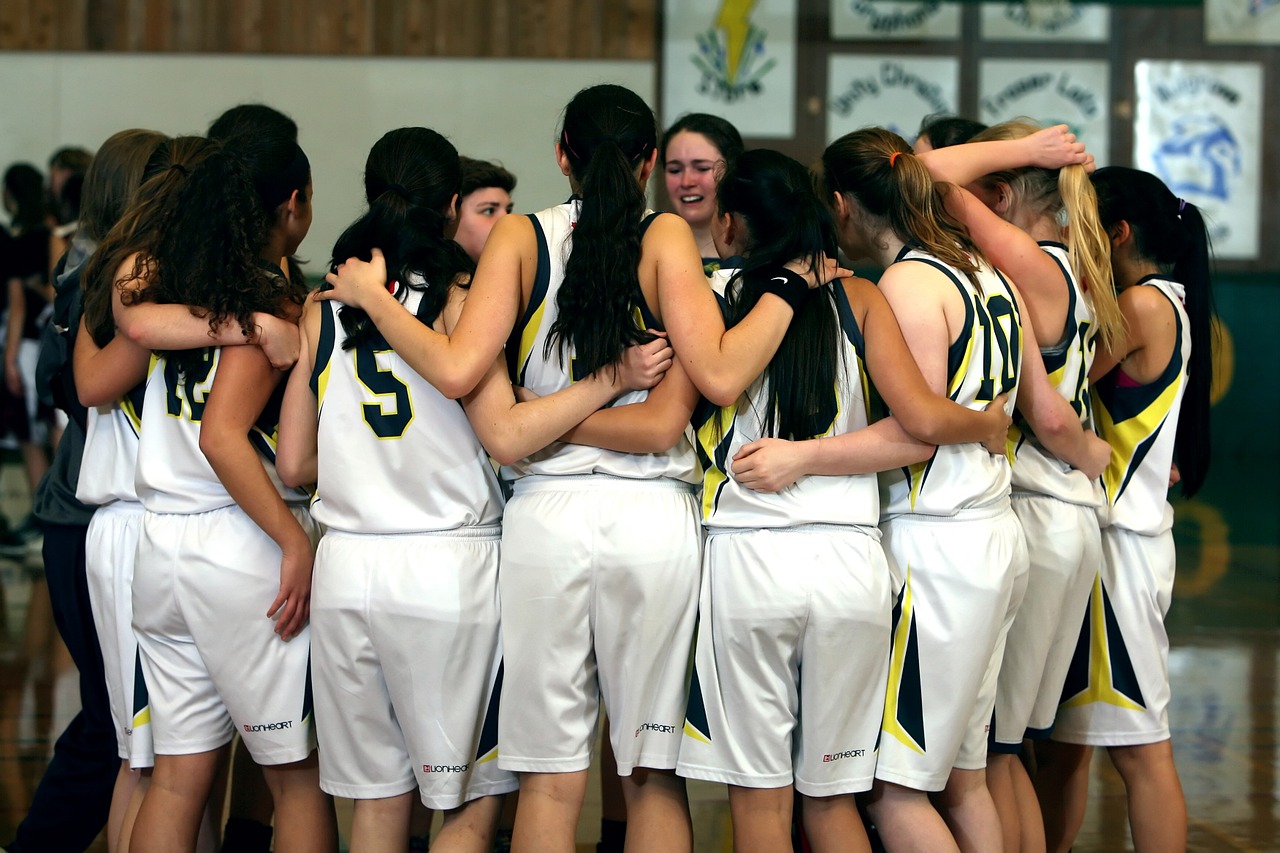Search Continues for Missing Remains of Hiroshima Bombing Victims
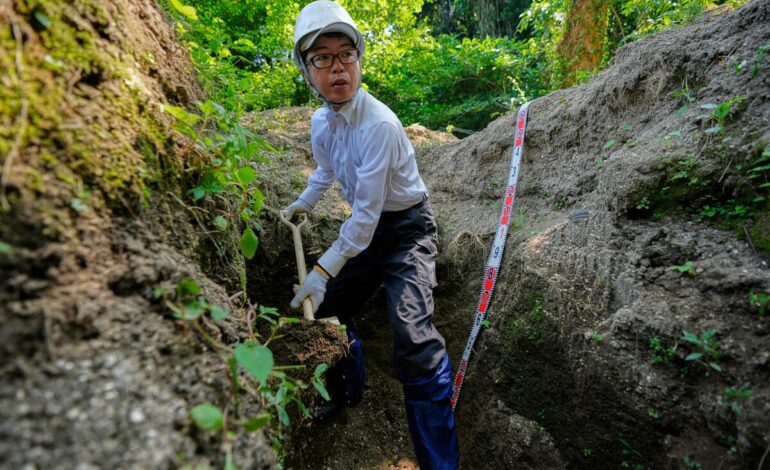
On August 6, 2023, Japan marked the 80th anniversary of the atomic bombing of Hiroshima. The aftermath of this historical event continues to haunt many, as efforts to locate the remains of victims are still ongoing. On the small island of Ninoshima, located just south of Hiroshima, researchers and volunteers are driven by a desire to honor those who perished and bring closure to survivors still troubled by the memories of missing loved ones.
The bombing immediately devastated Hiroshima, killing tens of thousands near the hypocenter, approximately 6 miles north of Ninoshima. By the end of 1945, the death toll had reached an estimated 140,000. Following the explosion, many victims were brought to Ninoshima by military boats, where a field hospital operated from August 6 until August 25. Only a few hundred survivors remained when the facility closed, and their hurried burials resulted in scattered graves across the island.
A Quest for Closure and Remembrance
Rebun Kayo, a researcher at Hiroshima University, has dedicated years to searching for the remains of those lost. He regularly visits Ninoshima, focusing on a hillside area where he has been digging since 2018. Equipped with rubber boots and a helmet, Kayo carefully sifts through the soil, hoping to unearth bone fragments. So far, he has discovered around 100 pieces, including skull fragments and an infant’s jawbone.
Kayo is deeply moved by the tragic stories connected to these remains. “The little child buried here has been alone for all these years,” he remarked, referring to the bones he believes belonged to a toddler. His search is not just about finding bones; it is about acknowledging the pain and suffering endured by those who lived through the bombing.
The Horrors of the Past
The chaos that unfolded in the days following the bombing is well-documented. Victims arrived at Ninoshima’s No. 2 quarantine center within hours of the blast, many suffering severe injuries. Eiko Gishi, an 18-year-old boat trainee at the time, described the overwhelming influx of patients and the desperate measures employed to provide care. As soldiers struggled to manage the bodies, the sheer number of deceased quickly exceeded their resources, leading to the use of bomb shelters for storage.
Yoshitaka Kohara, a former army medic, recounted the harrowing scenes he witnessed. He remembered the emotional detachment of surviving patients who learned of Japan’s surrender on August 15, 1945, stating, “Tears flowed from their crushed eyes, and nobody said a word.”
Historian Kazuo Miyazaki, who grew up on Ninoshima, reflected on the island’s role during the war. He emphasized the importance of sharing stories from those who experienced the bombing firsthand to ensure that future generations understand its impact. “Hiroshima was not a city of peace from the beginning,” he noted, underscoring the need to remember the past.
Since 1947, approximately 3,000 victims’ remains have been recovered from Ninoshima, but thousands more are still believed to be missing. The ongoing search for these remains reflects a commitment to remembering and honoring those who suffered.
Tamiko Sora, a survivor who experienced the bombing as a child, has made pilgrimages to Ninoshima to pray for the dead. Her heart remains heavy with memories of those she encountered on that fateful day, including a young girl named Hiroko and a woman with severe burns who pleaded for help. Sora’s hope is that the bodies of her missing loved ones might be among those found.
In a poignant moment during a recent visit to Sora’s nursing home, Kayo presented her with a plastic box containing the bone fragments he had discovered. “I’m so happy you were finally found,” Sora said, welcoming the remains back with a sense of closure and peace.
The search for the missing continues, driven by a collective desire for remembrance and reconciliation. For many, the echoes of the past remain, reminding us of the profound impact of the atomic bombing that altered the lives of countless individuals.


